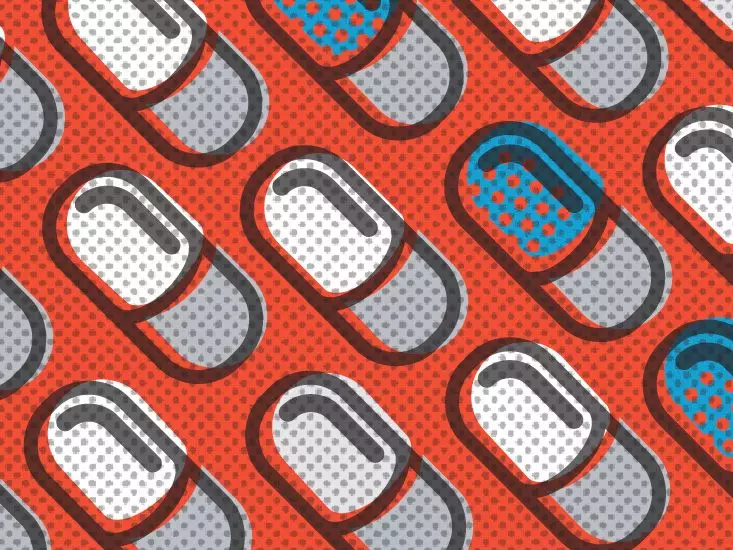Prozac, generically known as fluoxetine, often emerges as a key player in the management of various mental health conditions and certain eating disorders. However, alongside its therapeutic benefits, potential users frequently grapple with the financial implications — a vital consideration that can impact treatment adherence and overall health outcomes. Understanding the variables that influence both the retail and out-of-pocket costs of Prozac is essential for patients and their families.
The cost of Prozac is not fixed; it fluctuates based on a multitude of factors that can influence the final price. Primarily, whether an individual has insurance plays a significant role. For those with health insurance, the cost of a prescription can vary significantly depending on the specifics of their coverage plan. Some insurance plans may require prior authorization, which can delay access to medication and complicate the financial landscape. Without insurance, individuals often face the full brunt of retail prices, which can deter them from pursuing necessary treatments.
Furthermore, the choice of pharmacy also impacts pricing. Different pharmacies may offer varying prices for the same medication due to factors such as location, competition, and those pharmacies’ own pricing strategies. This means that one pharmacy could charge significantly less or more than another for the same dose of Prozac, making it crucial for patients to shop around for the best price.
When discussing the costs associated with Prozac, it is impossible to ignore the distinction between brand-name drugs and their generic counterparts. Fluoxetine, the generic form of Prozac, typically presents a more affordable option without sacrificing efficacy or safety. Indeed, generics like fluoxetine are often recommended for their lower costs, which can significantly alleviate the financial burden on patients needing continuous treatment.
The disparity in prices arises primarily from the extensive research and development phase associated with brand-name drugs. Manufacturers hold exclusive patents for up to 20 years, during which they recoup the costs of their investment. Once the patent expires, generic manufacturers can enter the market, fostering competition that leads to lower prices for the same therapeutic benefits.
Patients should discuss with their healthcare providers whether switching from Prozac to fluoxetine is a viable option for their treatment. This conversation may also involve checking with insurance providers to ensure that the chosen medication is covered under their policy.
For those facing financial difficulties, the landscape of pharmaceuticals does offer various avenues for support. Numerous assistance programs aim to foster accessibility to medications like Prozac. For instance, organizations like the Lilly Cares Foundation provide assistance to those in need, helping to bridge the gap between patients and necessary treatments. Exploring such options can help individuals obtain crucial medication without the looming burden of crippling costs.
In addition to assistance programs, patients can take advantage of coupons and discount cards from various organizations, such as Optum Perks. These resources can provide significant savings upfront, sometimes reducing costs by as much as 80%. Patients can present these coupons at their pharmacy or order online — a seamless way to ensure affordability irrespective of insurance status.
Long-term users of Prozac often wonder how they can further reduce their medication costs. Certain strategies may help manage expenses effectively. For example, requesting a 90-day supply of the medication can minimize the number of pharmacy visits, potentially leading to overall cost savings. This approach often aligns with insurance plans, which may incentivize bulk purchases by offering lower co-pay rates for larger quantities.
Another smart consideration is utilizing mail-order pharmacies, which can streamline the purchasing process and possibly lower prices, especially for those who are enrolled in Medicare or similar health plans. These services offer added convenience, allowing patients to receive their medication at home without added trips to local pharmacies.
As navigating the complexities of prescription medication pricing can be challenging, engaging with healthcare professionals remains paramount. Patients are encouraged to have open discussions with their doctors, pharmacists, or insurance representatives to clarify any uncertainties regarding costs or coverage. Such dialogues often reveal additional savings options or strategies tailored to individual needs.
Ultimately, the pursuit of affordable medication like Prozac involves not only understanding direct costs but also leveraging available resources and making informed choices. By taking a proactive approach to manage both health and finances, patients can enhance their treatment journey while ensuring that vital medications remain within reach. The path may be intricate, but with awareness and support, navigating these waters becomes markedly less daunting.

